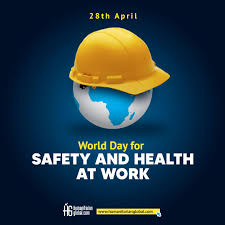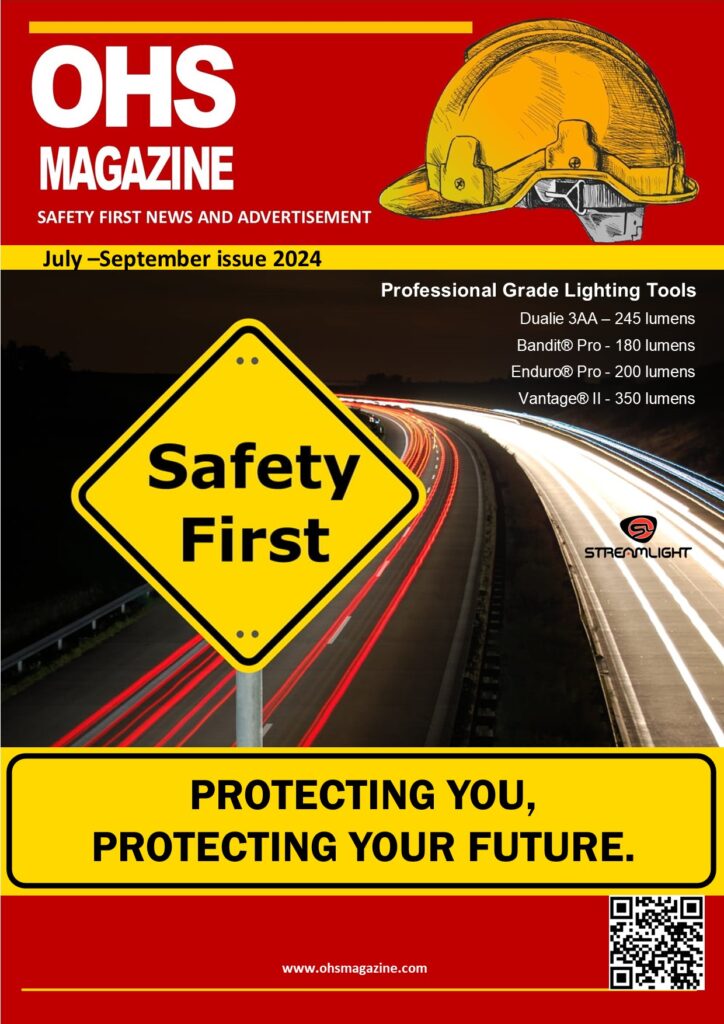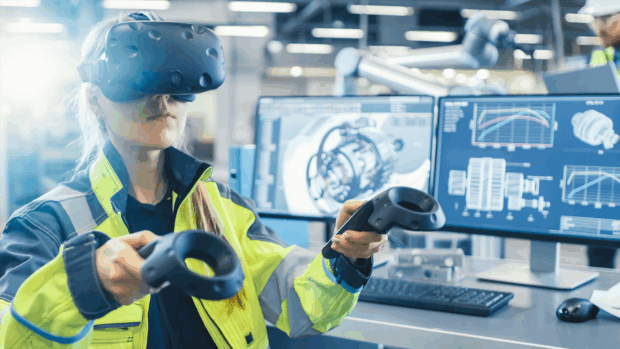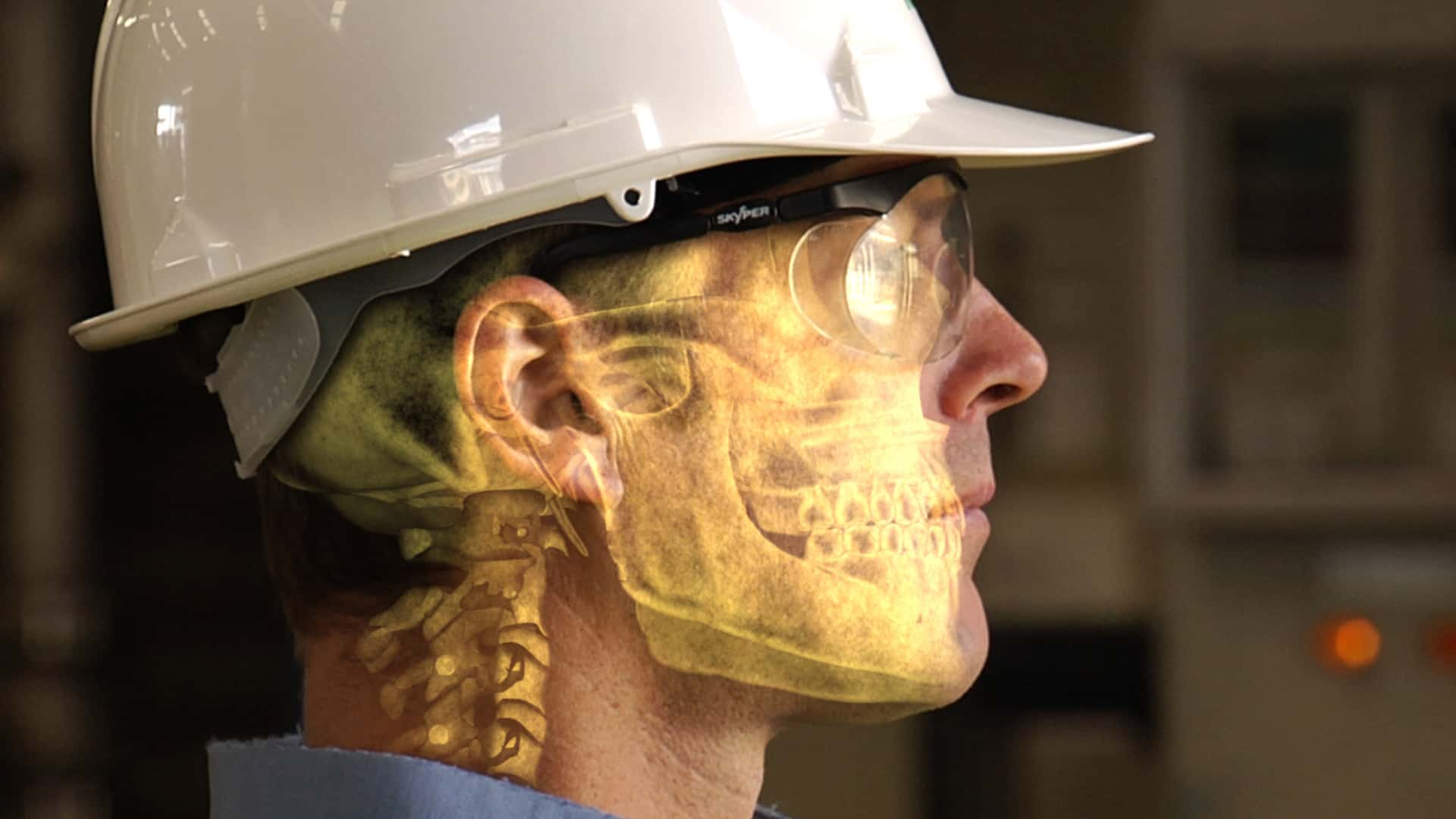Top 10 Safety Innovations Changing High-Risk Industries. Spotlighting groundbreaking PPE, monitoring tech, and training systems making waves in mining, construction, and manufacturing
In high-risk industries like mining, construction, and manufacturing, safety is not just a protocol—it’s a lifeline. With the increasing demand for efficiency and production, the risk landscape has evolved. Fortunately, so has the technology. From intelligent protective gear to real-time monitoring systems and immersive training environments, safety innovations are reshaping how we protect workers in some of the world’s most dangerous jobs.
Here’s a look at the Top 10 Safety Innovations that are revolutionizing high-risk industries:
1. Smart Personal Protective Equipment (PPE)
Modern PPE goes beyond hard hats and gloves. Smart PPE includes helmets with embedded sensors, smart vests that monitor vital signs, and boots with GPS tracking.
Example: Smart helmets like the DAQRI Smart Helmet offer augmented reality (AR) overlays for workers, providing real-time data and hazard alerts on-site.
2. Wearable Biometric Monitoring
Wearables are now tracking workers’ heart rate, temperature, fatigue levels, and exposure to harmful substances.
Impact: In mining and heavy manufacturing, these devices help detect early signs of heatstroke, fatigue, or toxic gas exposure—before it becomes life-threatening.
3. Drone Surveillance and Inspection
Drones are increasingly used for inspecting hard-to-reach or dangerous areas without putting humans at risk.
Use Cases: Construction sites use drones for aerial progress updates and safety checks. In mining, they monitor tailings dams and remote excavation areas.
4. Real-Time Environmental Sensors
Advanced environmental monitoring systems detect gases, airborne particulates, temperature shifts, and vibrations.
Example: Connected gas detectors now provide alerts to a central system and mobile devices, ensuring a fast response in confined spaces or underground environments.
5. Exoskeletons for Injury Prevention
Exosuits and powered exoskeletons reduce strain from lifting and repetitive motions, minimizing musculoskeletal injuries.
Industries Benefiting: Manufacturing and logistics operations are rapidly adopting exoskeletons to assist with overhead work and heavy lifting.
6. AI-Driven Predictive Analytics
Artificial intelligence is analyzing workplace data to identify risks before accidents happen.
Application: By tracking patterns in near-misses, equipment malfunctions, or worker behavior, AI platforms recommend proactive interventions, such as schedule changes or equipment upgrades.
7. Immersive Virtual Reality (VR) Training
VR safety training immerses workers in lifelike scenarios to simulate emergencies and high-risk tasks.
Benefits: Mining companies use VR to train for cave-in or fire scenarios, giving workers the experience and muscle memory needed without real-world danger.
8. Digital Twins for Site Simulation
A digital twin is a virtual replica of a job site or facility. These models help plan, monitor, and optimize safety.
Use Case: In construction, digital twins allow for risk assessments and emergency response planning in simulated environments, enhancing team coordination.
9. Remote-Controlled Equipment and Robotics
Robotic systems and remote-controlled machinery are removing people from the most dangerous jobs.
Example: In mining, remote-operated drilling rigs and automated haul trucks operate in hazardous zones, reducing human exposure.
10. Smart Safety Platforms and Mobile Apps
Comprehensive safety management software and mobile apps are streamlining incident reporting, compliance tracking, and communication.
Advantage: Workers can report hazards, receive alerts, and access safety protocols instantly—helping organizations foster a stronger safety culture.
Final Thoughts: Tech-Driven Safety is the New Standard
The convergence of IoT, AI, robotics, and immersive tech is transforming safety from a reactive checklist to a proactive, predictive, and intelligent system. While challenges remain in adoption and integration, the impact of these innovations is clear: fewer injuries, more efficient operations, and—most importantly—more lives saved.
As industries continue to embrace these advances, the hope is that high-risk doesn’t have to mean high danger.









